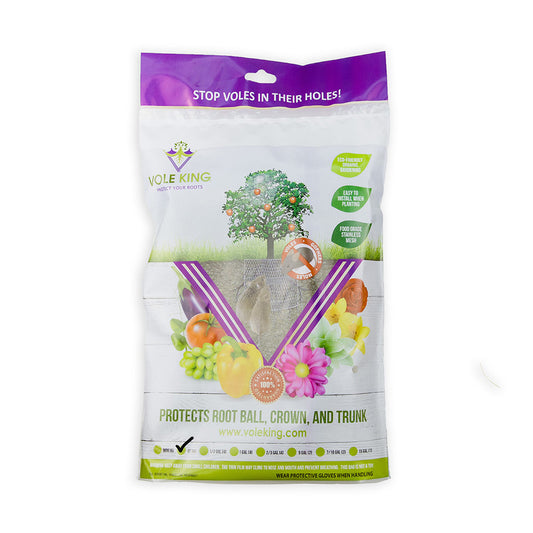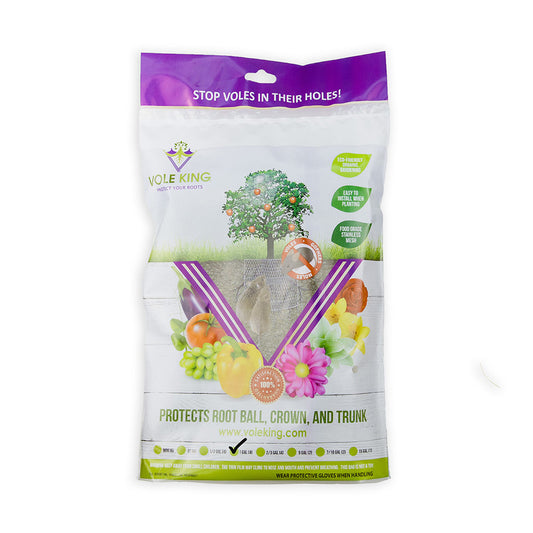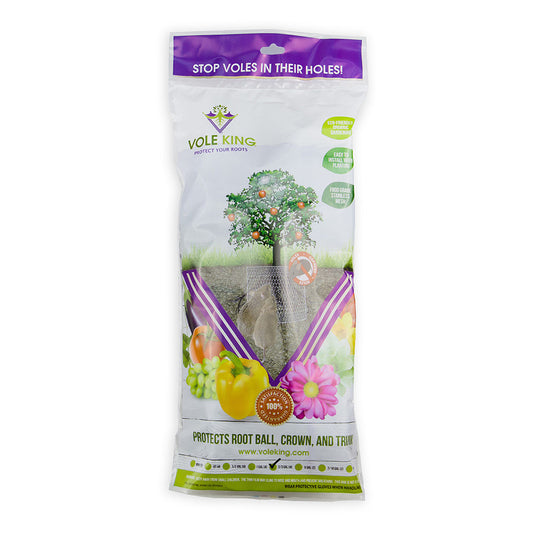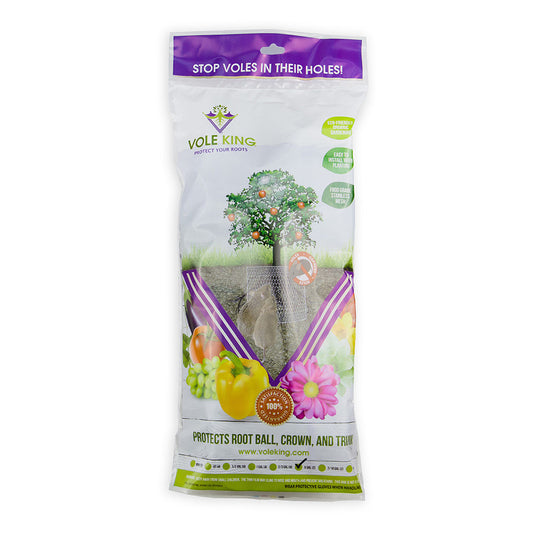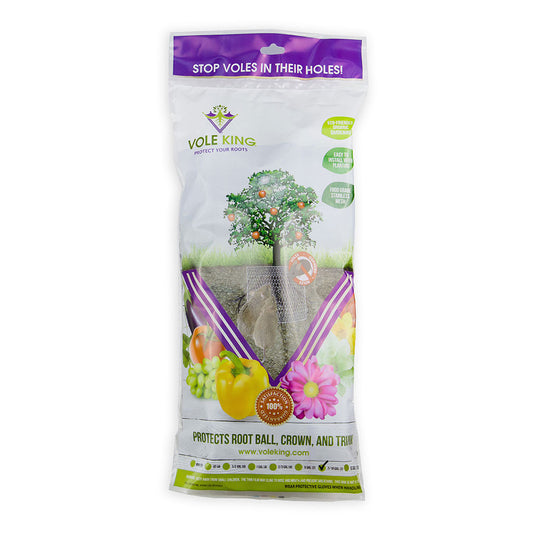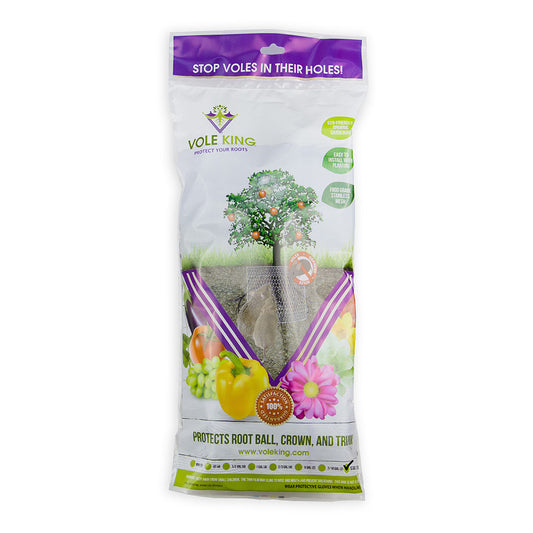
January Is For Planning
Share
Happy New Year, Friends! Cheers to a fabulous year ahead (it’s bound to be fabulous after the past couple, right?!)! For many people, a new year signals a fresh start, an opportunity to improve, or to keep building on what’s already going well. Let’s carry this over into your garden! As you’re setting goals for other areas of your life, make a point to plan out your garden goals for this year. The most common New Year Resolutions involve eating healthy and getting more exercise - gardening can help you achieve both of these goals! Just imagine - fresh tomato basil sauce, salad greens, cucumbers off the vine, sautéed squash, zucchini muffins, a rainbow of peppers…is your mouth watering yet? With a little planning, this can be your best year ever!
For starters, think about your space, and what you want to achieve. What worked last year? What didn’t work? What new things would you like to try? Home gardening is supposed to be fun and rewarding, but can easily become overwhelming and unproductive. Proper bed planning, construction, and preparation can help improve production, eliminate wasted time, and create more positivity around the garden.
First, plan out what you want to grow, and where. This is important whether we’re talking about an outdoor vegetable garden, containers on the patio, or landscape beds full of colorful annuals and bulbs. If veggies are your goal, do you have an appropriate area for a traditional outdoor vegetable garden? If you’re short on outdoor space, or lacking it completely (maybe you live in an apartment, or rental home), perhaps a container garden on the patio or back deck, or an indoor hydroponic garden is a better option. Are you looking for a bigger harvest, and considering a backyard food forest, or edible landscape? Check out The Foodscape Revolution: Finding a Better Way to Make Space For Food and Beauty in Your Garden, by Brie Arthur. Mrs. Arthur deep dives into how to turn your suburban landscape into a plethora of fruits, veggies, and grains…she also offers seasonal open garden opportunities to check out her suburban “foodscape” if you are local to the NC area!
When planning the location of your outdoor garden, keep in mind that most vegetables need 6-8 hours of direct sunlight each day, so find a sunny spot! If the sunny side of your yard doesn’t drain well, consider building raised garden beds. If you live in a wet area, raised beds are the only way to go, as they provide the drainage your plants will need to thrive. Raised beds are also a fantastic way to mitigate other soil issues, such as dealing with hard clay, sandy soil, or contaminants (a soil test will let you know if your native soil is contaminated).
Think about what veggies your family actually enjoys eating, and focus your time and energy on those. Yellow squash may be easy to grow, but in our family, it isn’t a favorite, so seeing an ever growing mountain of it sitting on the counter is quite overwhelming! My husband planted squash seeds every year (much to our dismay), so we assumed he loved it, and I tried to find all kinds of creative ways to prepare it so our kids would eat it too (squash cobbler, anyone?). It turns out he likes it ok, but the main reason he grew it is because his grandparents always grew it in their garden! Don’t be afraid to break free from what you think you should grow, and focus on what your family actually likes to eat.
Based on what you plan to grow, a little research will show you what plants would compliment each other best in your garden. For example, it’s believed that planting amaranth, garlic, or basil with your tomato plants will improve plant growth, the flavor of your tomatoes, and repel bugs. On the contrary, planting cabbage, dill, or fennel near your tomato plants will inhibit their growth - yikes! It’s absolutely worth the time to figure out the best placement for each plant in your garden…a quick internet search will do the trick!
Are you more of a flower person, preferring to focus your efforts on flooding your garden beds with gorgeous colors, textures, and interest? Plan out your color scheme, and choose what plants will help you achieve your goals. Be sure to pay attention to what zone you live in, and choose plants that are appropriate for that zone. Flowers, shrubs, and trees all vary in how much sun they need to thrive, so take this into consideration when designing your landscape. Be aware that bulbs, which can give you a beautiful burst of color, need to be planted in the opposite season…fall planting for spring blooming bulbs, and spring planting for fall blooming bulbs.
Where there’s a will, there’s always a way to make gardening a reality, the important part is figuring out which way is best for you! With a little planning and preparedness, you’ll be enjoying a bountiful garden before you know it! What are your favorite proactive tips for gardening success? Shoot us an email or let us know on Facebook, Instagram (@vole__king), and YouTube! Be sure to follow us for more gardening tips, and share with your friends! Next month we will focus on how to eliminate the top 3 time wasters in the garden. Happy Planting!

